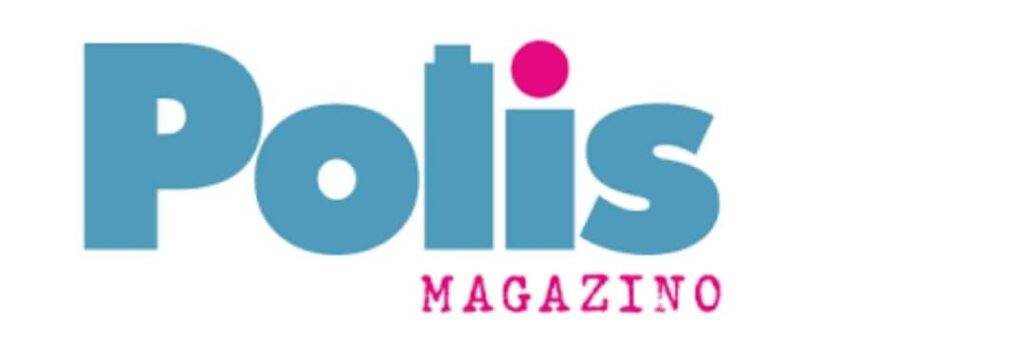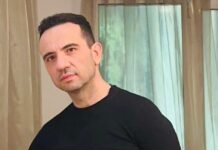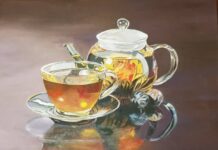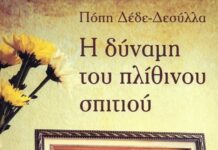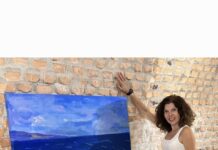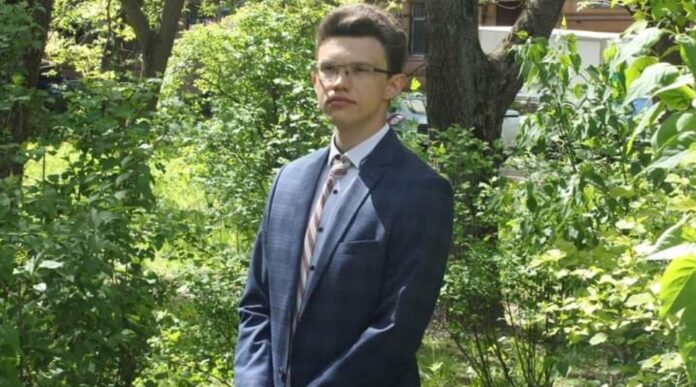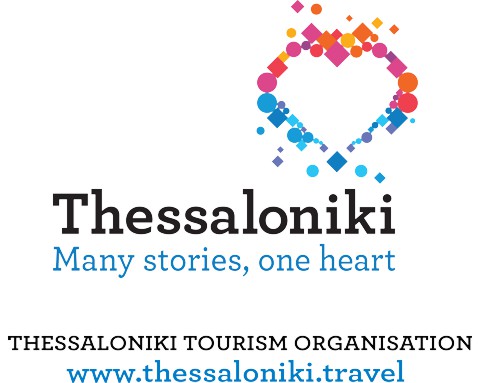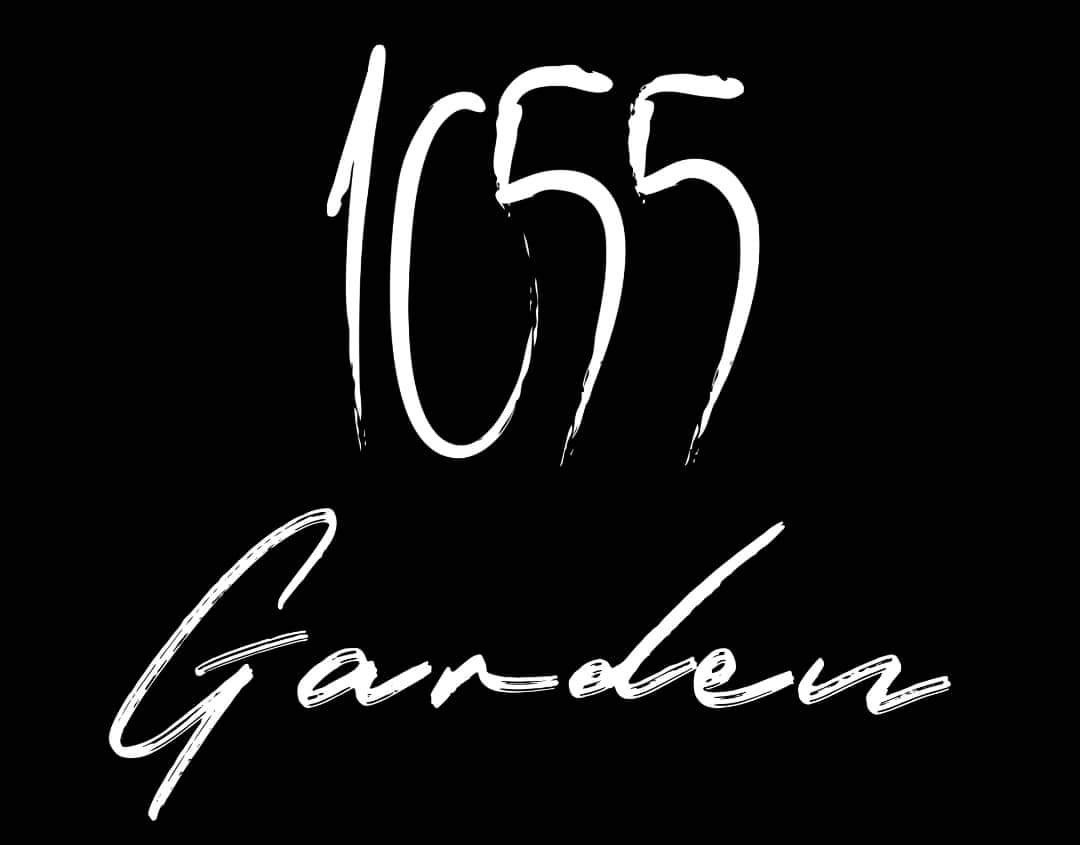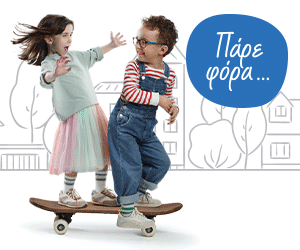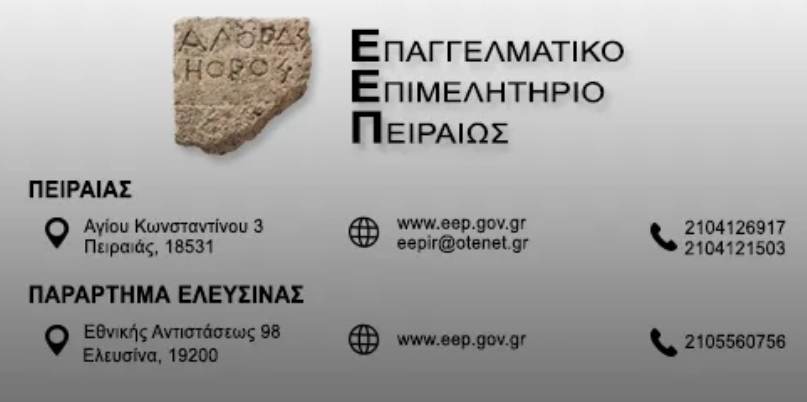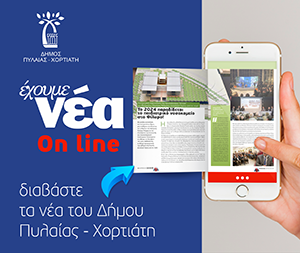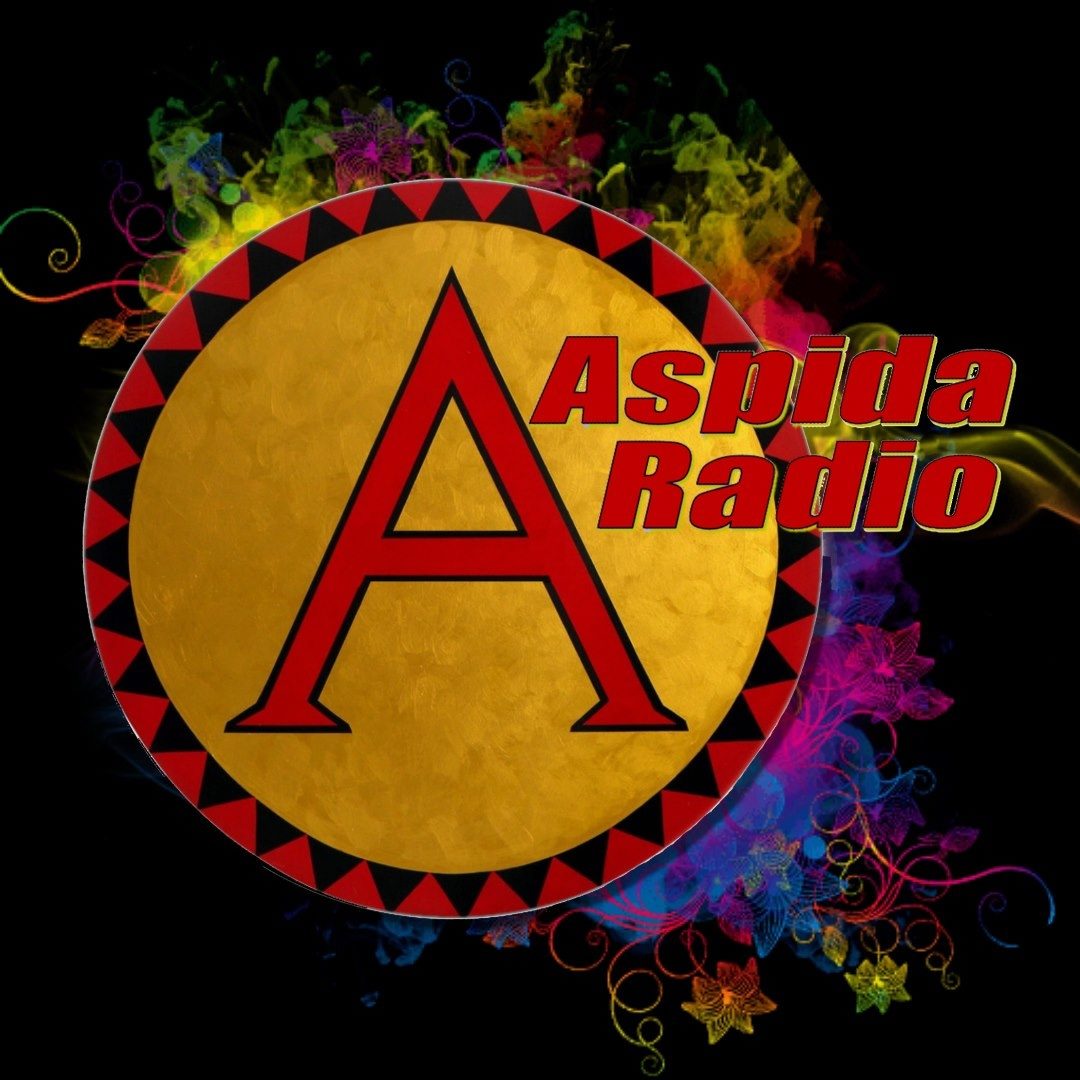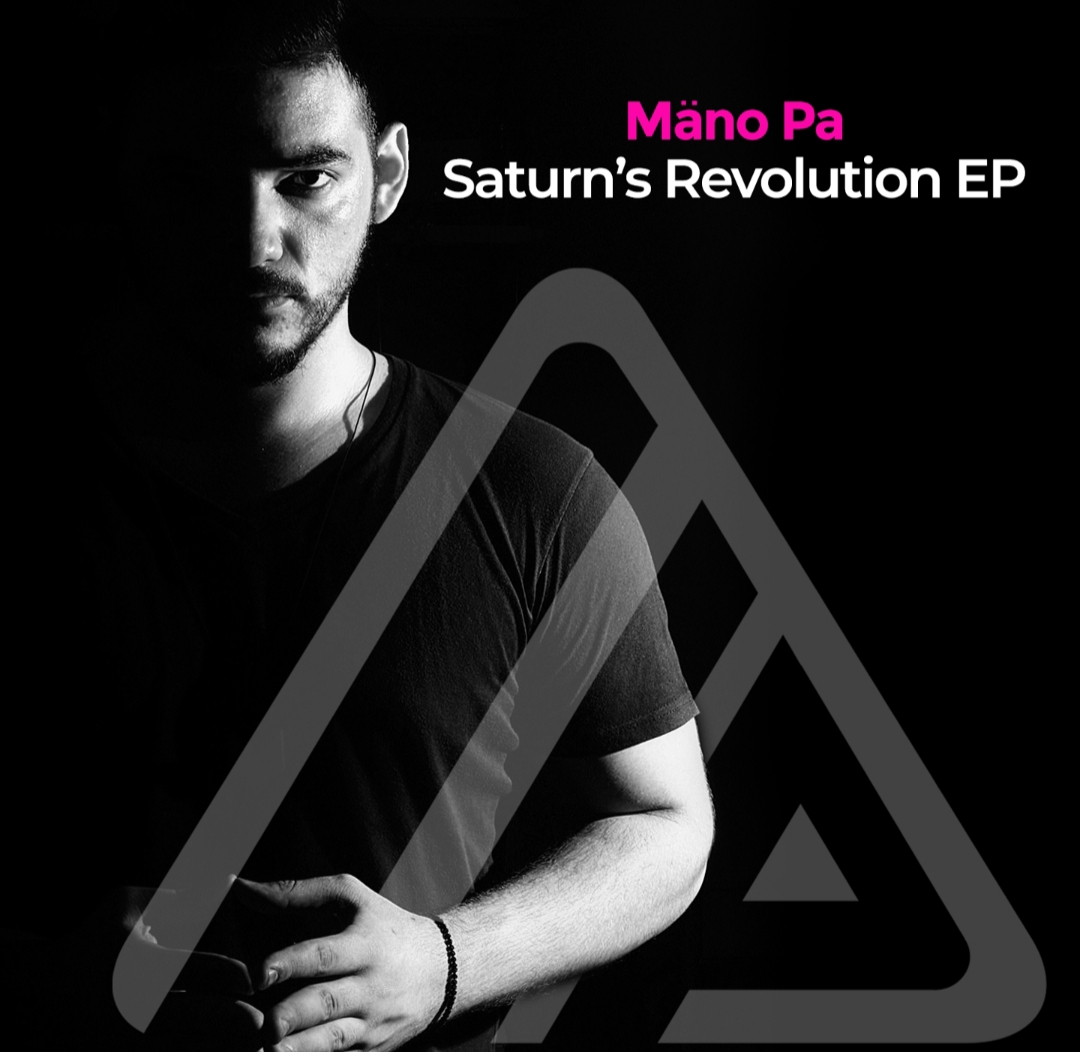Επιμέλεια: Εύα Πετροπούλου Λιανού
A matter of life and choice
Strive not to succeed, but to make your life meaningful. Albert Einstein
The meaning of our life is continuous movement. Jakub Kolas
In the previous article, based on the history of choice, we were able to identify additional characteristics of choism and the philosophy of choice in particular. First of all, this is dynamism, continuity, and we have also come to another no less interesting, personal one – the question of choice in life. Imagine a road branched into two different paths, which then converges again at a certain destination and two travelers who came to this intersection. Why would one turn to the right and the other to the left, because it would seem that there is one goal in the end, but each of them made a choice? Let’s consider this question in more detail, but first we will answer another more general one – is it possible to live without a choice and why choose?
Based on the experience of previous articles, let’s turn to the definition. Life is the basic concept of philosophy and biology – an active form of existence of matter, which necessarily contains the “properties of life”; a set of physical and chemical processes occurring in the body, allowing for metabolism and division of its cells or reproduction. Adapting to the environment, a living cell forms all the diversity of living organisms (there is no life outside the cell, viruses exhibit the properties of living matter only after the transfer of the virion’s genetic material into the cell). The main attribute of living matter is genetic information used for replication.
This definition covers much more parameters: heredity, information, and matter, but also leads to the idea that in the basic case, the choice for life is the continuation of life itself. That is, under normal conditions, every living organism chooses to continue life, through self-care (nutrition, search for better habitats, competition), caring for loved ones (preserving diversity within the species), and reproduction (transmission of genetic information to offspring).
Thus, it turns out that the very essence of life is a kind of repetitive process of choice (eating, sleeping, protection and self-development), but this choice is quite intuitive, like an innate reflex that literally pushes to live tomorrow. It turns out that it is impossible to live without a choice (albeit unconsciously) and you have to choose in order to continue life.
Also, this definition is enough to reflect the system of choice of most living organisms, but against their background, a person stands out very noticeably, with his more complex lifestyle, thinking, developed social structure, all kinds of achievements and, as a result, a philosophy of life appears.
Philosophy of life is any general attitude or philosophical view of the meaning of life or how one should live. This term is usually used in an informal sense, meaning a personal philosophy aimed at solving basic existential questions about the human condition, rather than academic philosophy.
Of course, considering the philosophy of life, Nietzsche’s intuitively comprehended life, Bergson’s life impulse, which characterized intelligence and reason (most noticeably distinguishing man from other animals) as an instrument of the will to power or a means of adaptation to the environment, will seem to be the most revealed.
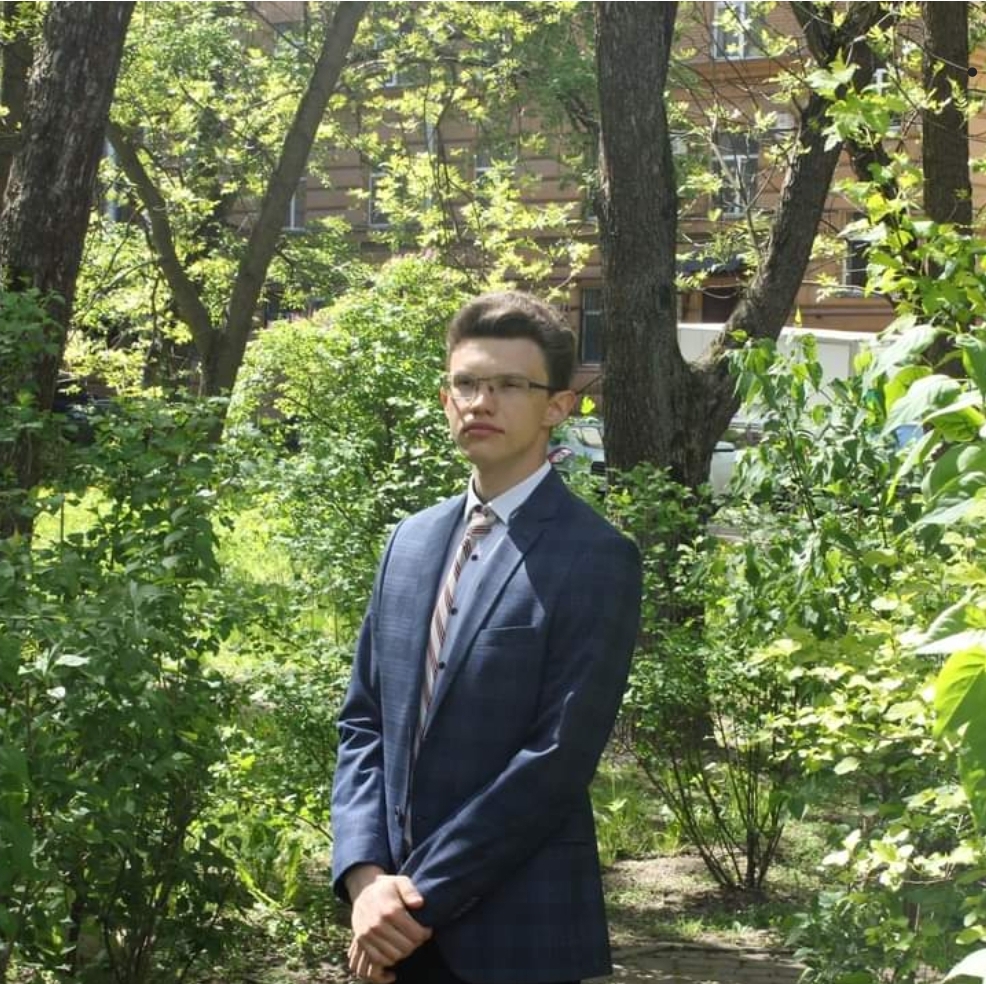
If we continue this thought on the role of choice in life, it turns out that it will simply be a more highly organized choice of continuing life, determined by law, law, social norms, standards, etc. In this case, it is not necessary to say that a person chooses something himself, because he just does something intuitively, as according to the program laid down by life itself, then by definition there is no choice itself. But is this really the case? But what about the choice of things when buying in a store, the choice of a university and, as a result, a profession, or the choice of a life partner, after all?
Let’s go back to the example from the beginning of the article. One traveler goes to the left, the other to the right, both with a favorable combination of circumstances will reach their final destination, whichever way they would not go. But perhaps one of the paths will be longer, but it will pass through a blooming alley, and the other will be short, but along the highway with unregulated crossings and dangerous traffic. The reverse situation is also possible, but even then there is someone who will prefer one way to another. It will probably be difficult to imagine a situation where both paths are exactly the same (the option is too remote from reality), so let’s consider a situation in which one should be as attractive as possible, and the other vice versa. Even if we move away from the example with two travelers and conditionally offer this task to a group of people (100 or 1000 people), then with a high degree of probability. There will be those who, due to their personal reasons and thoughts, will choose a path less attractive even for an absolutely unbiased view from the outside, but even if there are none, you can offer a very real model of a person who will reasonably choose such a path.
Thus, there is a choice between two points before making a decision and getting the consequences. Note that the methods of this or that solution, the prerequisites and consequences will almost always be profoundly different, and of course this idea is applicable not only to the problem with pedestrians or the choice of life in animals, but in its own way ubiquitous and unique for all living organisms in all spheres of their lives. And thus it emphasizes their difference from inanimate nature.
Of course, it is possible to discern a certain sequence of choices for inanimate objects, bodies (inanimate matter), but inanimate matter is more static, even when moving under the influence of gravity or chemical reactions, etc. predictable.
Let’s summarize a little. For life, the question of choice is the continuation of life itself, however, this choice is infinitely multifaceted, creative and subjective. The essence of life is a kind of repetitive process of choice and life without choice is impossible. For living organisms, choice is a forward movement and one of the main distinguishing characteristics. But what was the reason for such a difference and is it appropriate to talk about the evolution of choice in the transition from inanimate matter to living matter, and does inanimate matter have a choice at all? We will try to answer these questions in the next article.
